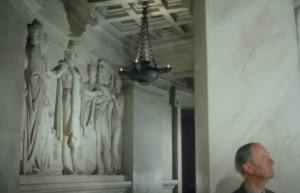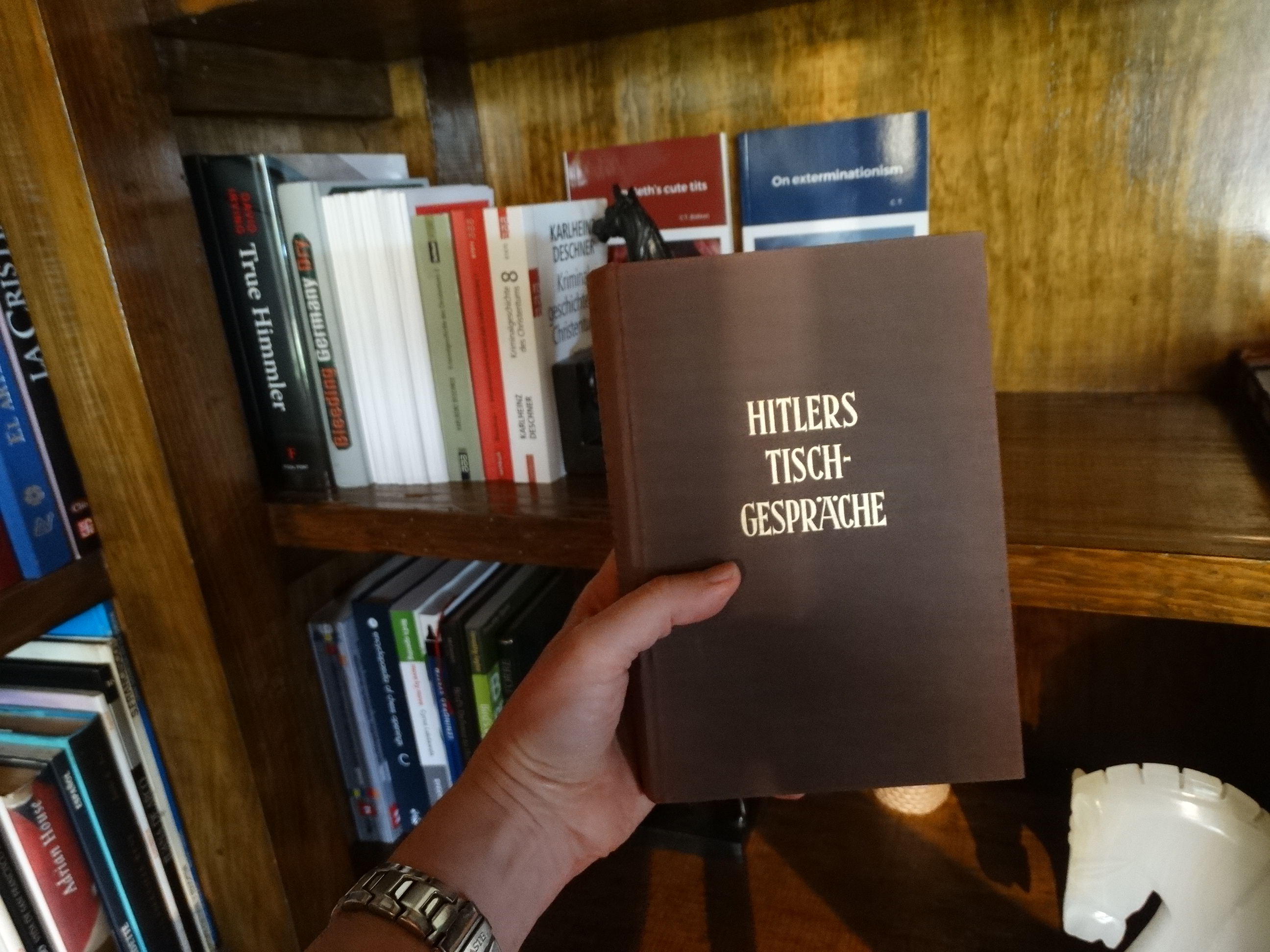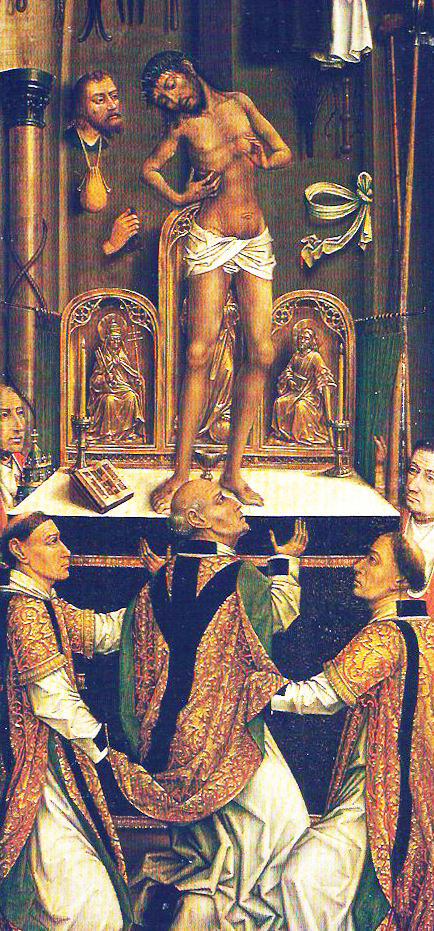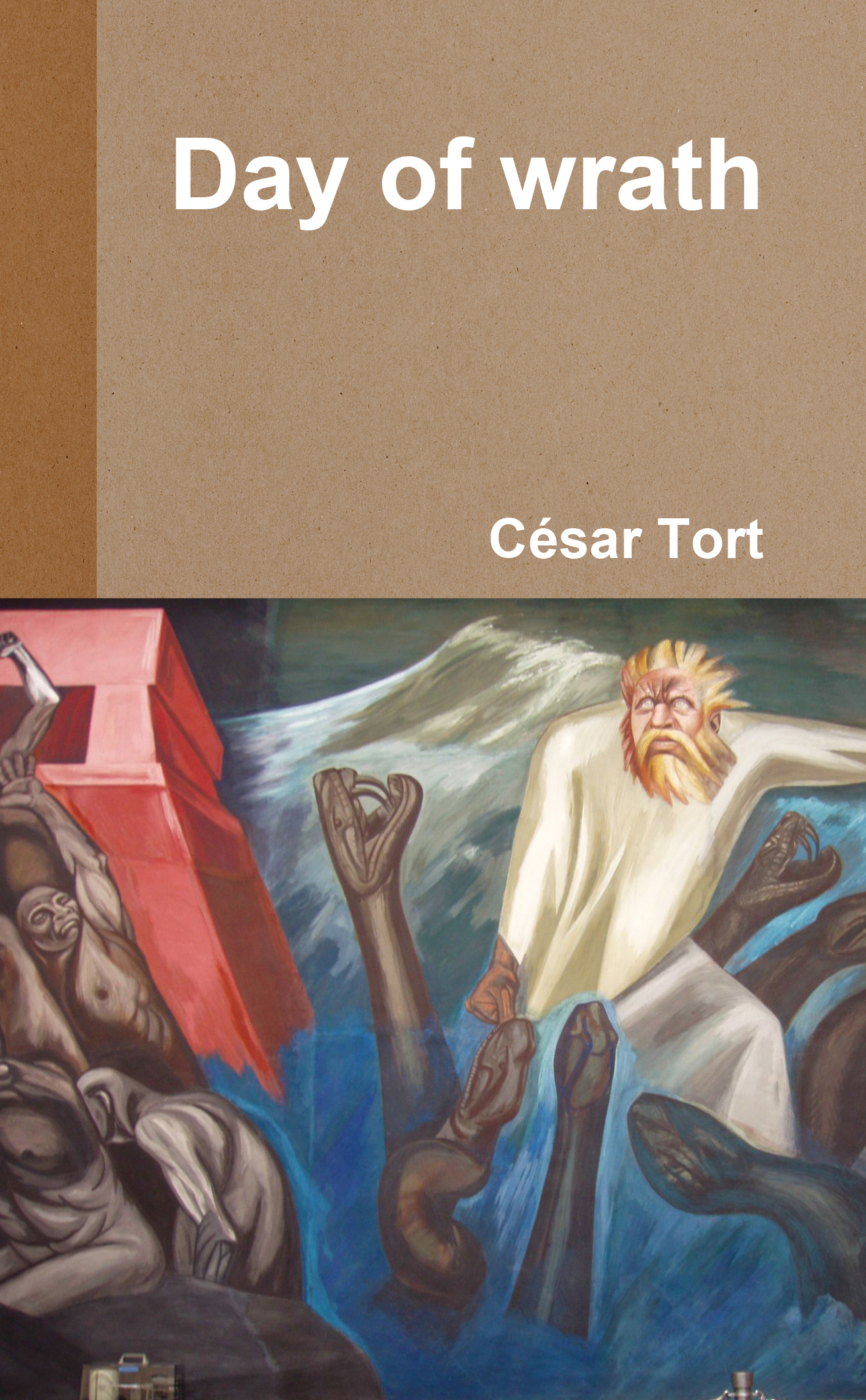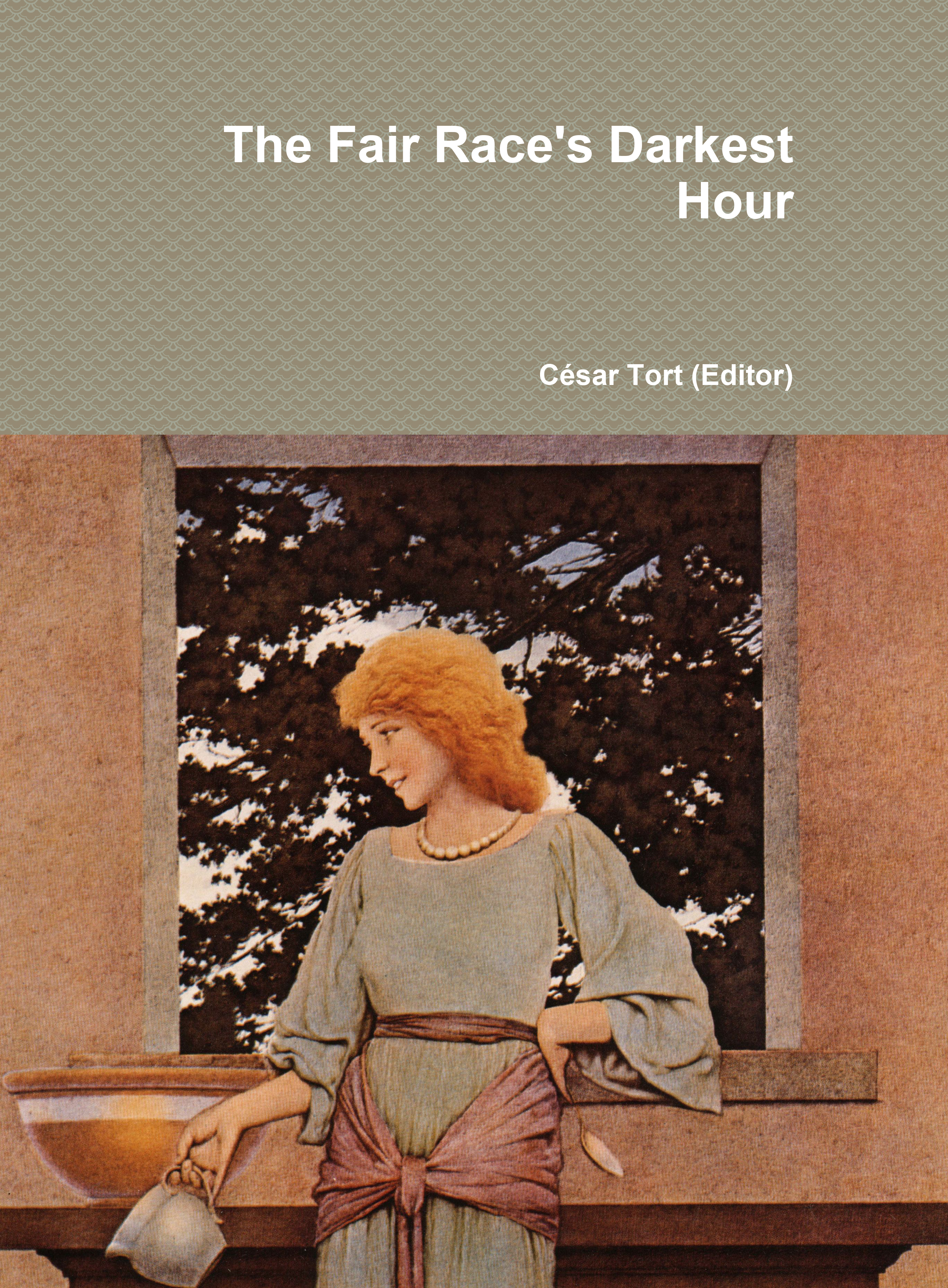As we have seen so many times since May 2019, the story we tell ourselves, that we have been telling ourselves, is the perfect x-ray that portrays the soul of Western man.
If the story we tell ourselves invites us to believe in the Aryan man, the culture of whites will reflect that axiom through its collective unconscious. Think of how Greco-Roman art—architecture, sculpture and Homer—reflected the physical beauty of the Aryan. But if the story we tell ourselves reflects another people (there are no Aryan heroes in the New Testament), it eventually becomes a kind of self-fulfilling prophecy that hands over the culture to the Semites.
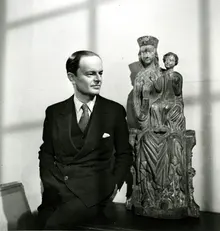 When Kenneth Clark’s Civilisation was released in England, the producers and Clark himself were surprised that it immediately became a TV hit in the UK. Even three cardinals wrote letters to Clark, as in his series he portrays the Church as the rock on which today’s West was founded.
When Kenneth Clark’s Civilisation was released in England, the producers and Clark himself were surprised that it immediately became a TV hit in the UK. Even three cardinals wrote letters to Clark, as in his series he portrays the Church as the rock on which today’s West was founded.
I’ve been thinking about what I said recently about the penultimate episode of Clark’s Civilisation, ‘The Fallacies of Hope’, where one can guess how an underlying Christian faith begins to transmute into the liberalism that led Europe into the French Revolution, and eventually into the havoc wreaked by the Russian Revolution and, still later, the 1968 student riots in Paris.
But that’s the story we’ve been telling ourselves, and Clark exemplifies it beautifully. Ten years ago I quoted some passages from Clark’s autobiography that are worth quoting again:
When the [Civilisation] series was shown in the U.S.A. things got out of hand. The number of letters quadrupled…
The series was shown several times in the National Gallery at Washington (a special copy was bought by the Senate and shown in the Capitol). When I arrived in Georgetown to stay with my old friends David and Margie Finley, Carter Brown, the Director of the Gallery, rang me to say ‘For God’s sake don’t go in through the front door. You’ll be mobbed’. I went in by the back door and down a long underground corridor to a press conference. After it was over I was led back along the same corridor so that I might walk the whole length of the Gallery upstairs. It was the most terrible experience in my life. All the galleries were crammed full of people who stood up and roared at me, waving their hands and stretching them out towards me…
I then went downstairs and retired to the ‘gents’, where I burst into tears. I sobbed and howled for a quarter of an hour. I suppose politicians quite enjoy this kind of experience, and don’t get it often enough. The Saints certainly enjoyed it, but saints are very tough eggs. To me it was utterly humiliating. It simply made me feel a hoax. I came up to lunch with red eyes, and tried to put the experience out of my mind. But, as the reader will have realised, it would not let go, and has not gone. And I record it because I must be one of the few ordinary, normal men on whom this kind of experience has been inflicted. The Finleys drove me home in silence. They felt as embarrassed as I did.
(One of the BBC’s top producers of Civilisation comments on the same anecdote in a video.) In the same chapter Clark tells how when he went to a pharmacy in Boston a woman asked the chemist: “‘Do you realise you have the greatest man in the world in your shop?” The chemist answered impassively “Sure I do”.’
Remembering those autobiographical passages from Clark’s book, I found it hard not to compare it to the discussion thread on the Christian site Occidental Dissent, mentioned in my previous post. And since I mentioned Pierce’s Who We Are (WWA) these days, I couldn’t avoid a eureka moment.
We can already imagine those tens of thousands of Clark fans who turned up at the National Gallery in Washington wanting to shake… William Pierce’s hand if the story told in WWA had been aired in thirteen television episodes!
That didn’t happen.
What was being produced in 1969 on Western television had to reflect the Christian and / or liberal zeitgeist. Only if Hitler had won the war would Pierce have had any chance of getting his story of civilisation onto millions of television sets.
The issue cannot be clearer. The story that whites are telling themselves, and have been telling themselves for centuries, is not the story they should be telling themselves. And racialist Christians who don’t want to see the obvious are traitors to their race.
If the Aryan is to be saved, the first thing he has to do is to get his story right. And the fact that even to this day the non-Christian National Alliance hasn’t published WWA only proves that the old story, the Judeo-Christian-liberal story that’s killing us, is the one that still reigns in the West (and the projection of the West that is Latin America). There is no Woke monster in countries that have never been Christian because ethno-suicidal liberalism was spawned from this toxic story.
Update of 12:39 pm: Compare this—:
—with these paragraphs of WWA in the chapter devoted to the fall of the Roman Empire:
It had begun as an offshoot of Judaism, had established itself in Jerusalem and a few other spots in the eastern Mediterranean area, and had traveled to Rome with Jewish merchants and speculators, who had long found that city an attractive center of operations. It eventually became known to the world as Christianity, but for more than two centuries it festered in the sewers and catacombs of Rome…
The “White guilt” syndrome exploited so assiduously by America’s non-White minorities is a product of Christian teachings, as is the perverse reverence for “God’s chosen people” which has paralyzed so many Christians’ wills to resist Jewish depredations.
